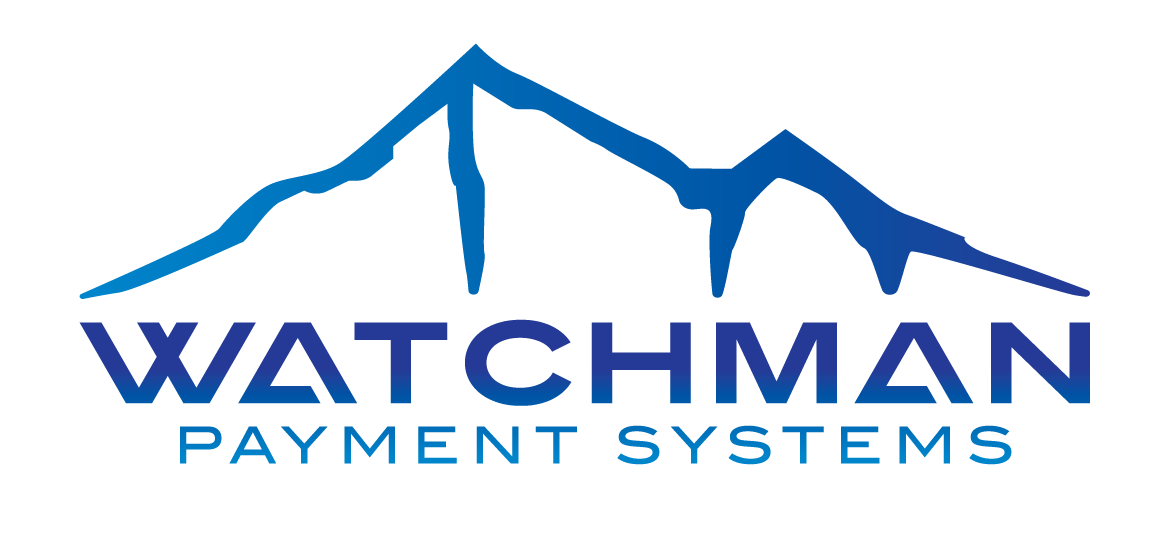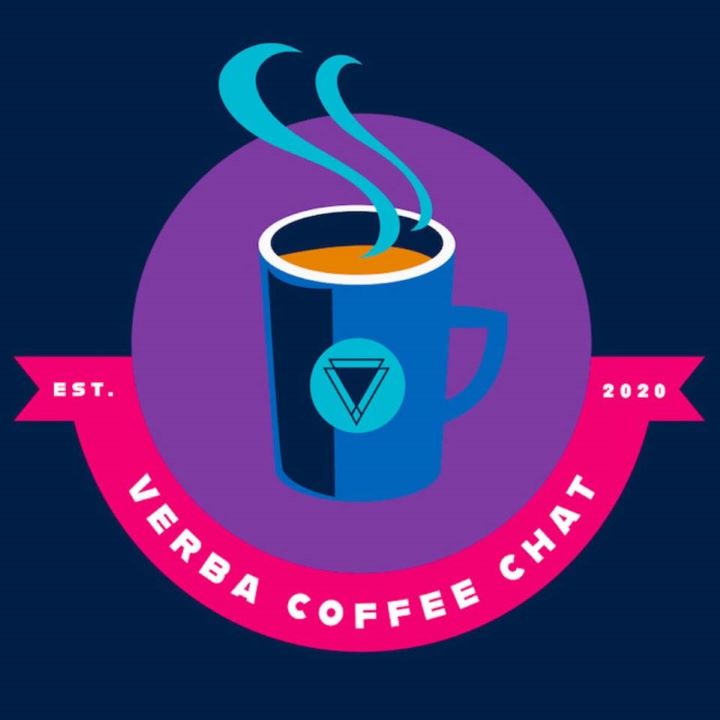
The Advantages of Continuous Billing in Inclusive Access Programs
July 4, 2023
Do You Have an Airplane Folder?
January 23, 2025Introduction:
In the ever-evolving landscape of higher education, the buzz around Equitable Access (EA) programs suggests a streamlined solution to course material billing compared to the more established Inclusive Access (IA) programs. But is the simplicity of a flat fee for all students merely an illusion? In this post, we’ll dissect the intricacies of EA billing and unveil why it’s just as challenging, if not more so, than its IA counterpart.
Let’s ensure a clear understanding: acknowledging the hurdles of a solution shouldn’t deter you from embracing it! IA and EA initiatives are propelling student success by enhancing access to course materials and addressing affordability concerns. The purpose of this blog post is to foster clarity and transparency. By aligning expectations on campus, you pave the way for a seamless implementation and further enhance the positive impact of these programs.
The Illusion of Simplicity:
On the surface, the concept of charging every student a uniform fee for all digital course materials seems straightforward. However, as we delve deeper, the cracks in this illusion begin to emerge.
1. Exception Management:
Campus administrators, in their pursuit of fairness, often mandate exceptions to the EA model during the approval process, complicating the seemingly straightforward EA model. Whether it’s part-time students, graduate-level courses, concurrent enrollment, continuing education programs, or other specialized programs, each exception adds a layer of pricing complexity.
This diversity shatters the illusion of a standardized billing process. What’s more, these particular student designations typically reside in the Student Information System (“SIS”), rather than in the Learning Management System (“LMS”). Thus applying correct charges often requires queries to the SIS.
2. Constant Changes in Student Records:
Student course registration changes can cause a student’s status to fluctuate, and identifiers for Grad, Undergrad, Part-time, CE, and other designations live in the SIS. The dynamic nature of student course changes creates a continuous need for real-time adjustments in the billing structure.
This differs from IA programs, where each student’s course registration data is obtained from the LMS or directly from the school, and matched to a course materials fee, without the need for additional queries to the SIS.
Automation of these billing processes not only frees up staff for higher value work, but also keeps student accounts up-to-date and accurate, reducing inquiries by students who have around-the-clock access to their updated course registration records. Only with a real-time interface to the SIS can these billing exceptions be managed in an automated and accurate manner.
3. Opt-out Complexity:
While EA proposes a one-size-fits-all approach, students still retain the option to opt out of the program and seek alternative sources for their course materials. This introduces a layer of complexity, as institutions must navigate the nuances of tracking these opt-outs and adjusting charges accordingly.
4. Physical Materials Dilemma:
The digital-centric nature of EA programs encounters a roadblock when certain course materials, such as custom edition books, clickers, or course packs, exist only in physical form. Suddenly, the program must grapple with the integration of physical items, requiring coordination between the digital billing system and the campus store platform.
The Cutting Edge: Cascading EA Programs:
At the forefront of EA innovation is the Cascading EA program. While it aims to offer flexibility by allowing students to opt out of the primary EA charge, it inadvertently adds a layer of complexity by seamlessly integrating IA programs for individual courses. Managing this dual-layered billing system demands a level of finesse that is more challenging than either program managed separately.
Conclusion:
It’s crucial to acknowledge the benefits that both IA and EA programs bring to the table. The common ground lies in the improved student outcomes resulting from early access to course materials. Whether through the immediacy of digital delivery or the comprehensive approach of a flat fee, students benefit when equipped with the necessary resources from day one.
However, as higher education institutions venture into the realm of Equitable Access, the promise of a simplified billing process fades away. The reality is that the complexity of EA programs, marked by opt-outs, physical material challenges, exception management, and the dynamic nature of student records, mirrors, if not surpasses, the billing intricacies of Inclusive Access programs.
At Watchman Payment Systems, we’ve been automating the billing process for Inclusive Access and Equitable Access programs at Colleges across North America since 2019. Watchman also powers the billing process automation for the first-of-its-kind Cascading EA Program, which was pioneered at a major university with 36,000 students for the Fall 2023 term. Watchman has lived through the evolution of IA, EA, and Cascading EA programs, and our capabilities have evolved right along with it. Don’t let billing complexity impede programs promoting student success!
For more information, please contact sales@watchmanpaymentsystems.com



